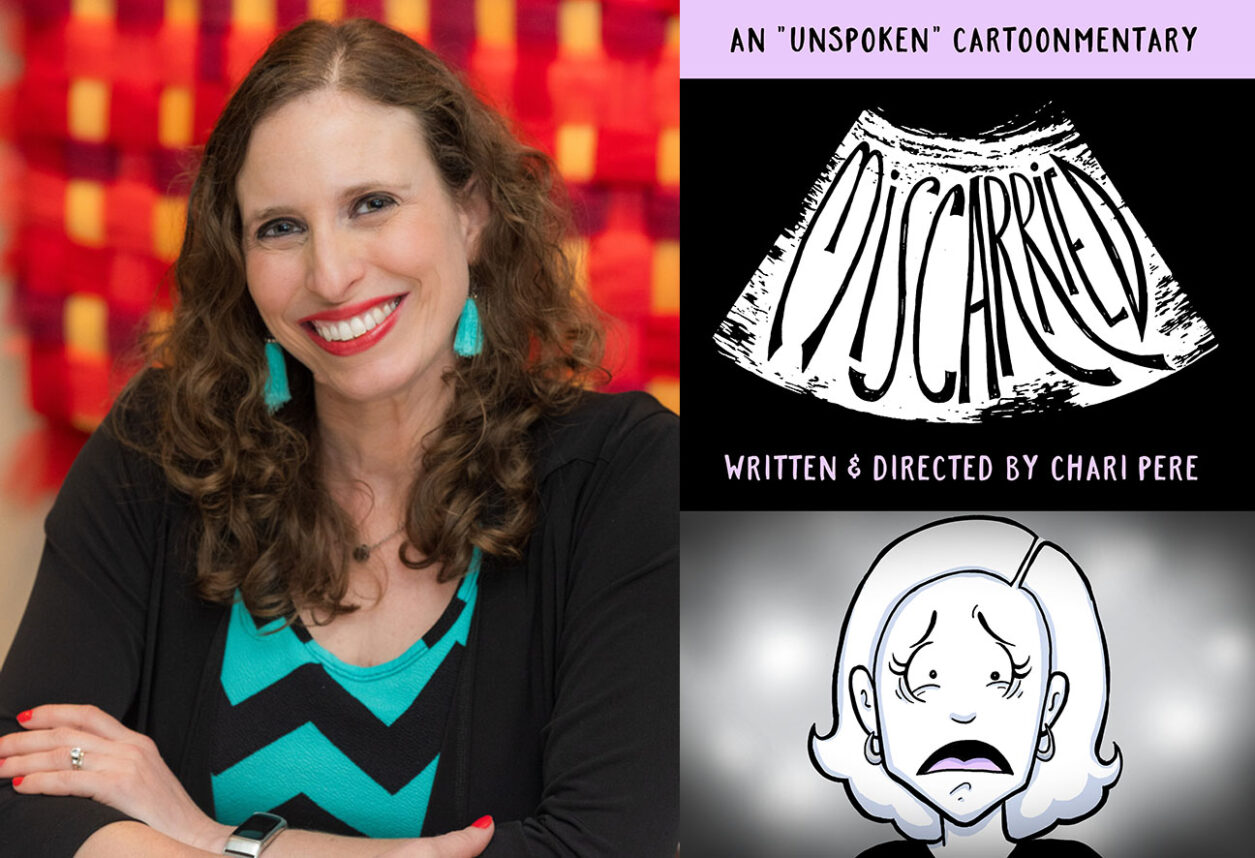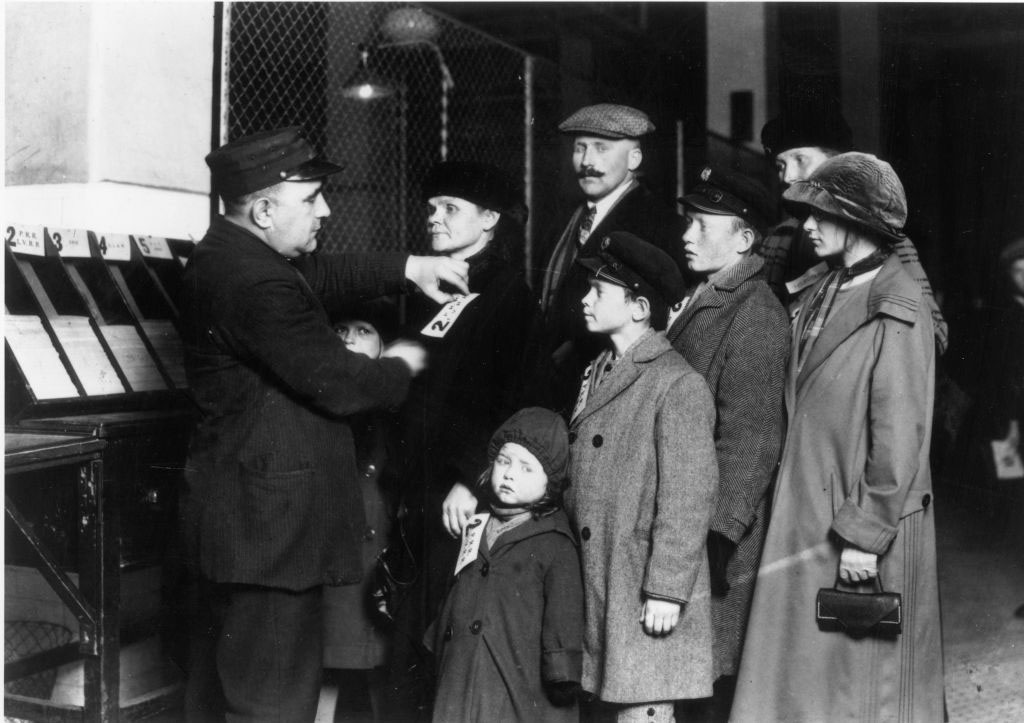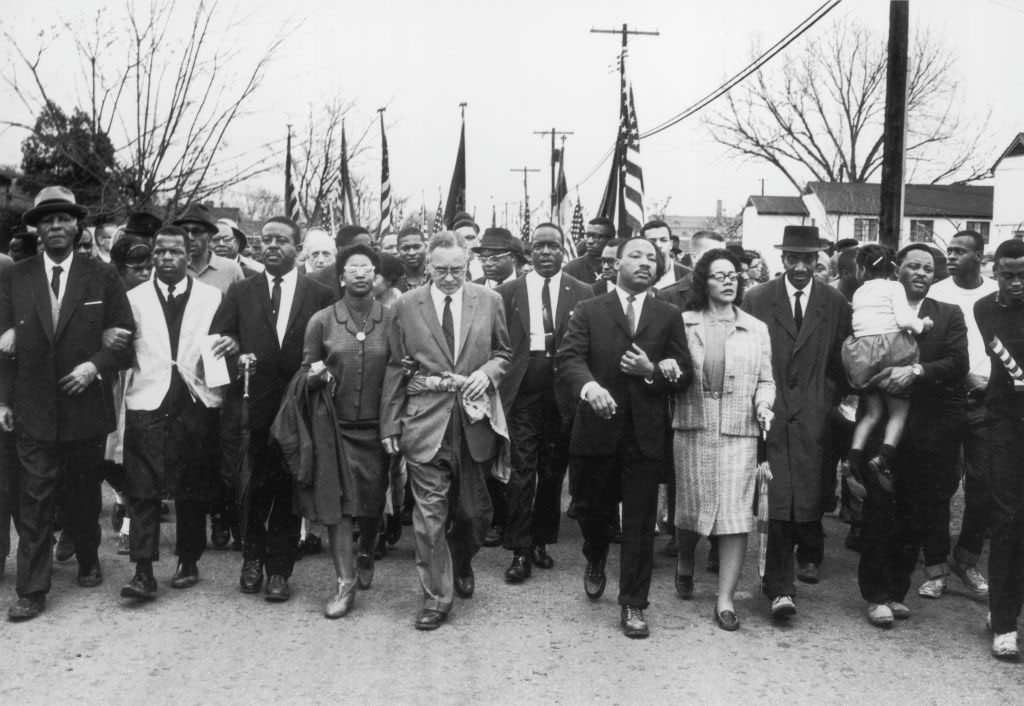When on July 24th,1944 the movie crew entered the area of the concentration camp in Majdanek, the blood was still running down the stairs, discarded by the Nazis, who in the last few hours of being stationed there before the escape, did everything within their means to destroy as much as they could. At that time, the camp at Auschwitz still had not been liberated. The material recorded by cameraman, Stanisław Wohl, used in the first documentary film about the Nazi camp, Majdanek – cmentarzysko Europy (1944), is an authentic witness of history.
It was literally a matter of hours before the prisoners of this death camp were to be set free by the Polish and Russian Army, approaching from the East. Few survived those last moments of the camp activity. A large part of the camp was blown up by the escaping soldiers and hundreds of victims were shot in the very last minutes before the liberation.
Simple narration, emphatically commentated with voice over, shows the interiors of the camp, still in a state of ruin, with fresh signs of Nazis’ crimes, when the information about German death camps was being spread around the world but still not in a concrete form. Bodies laying around the place in chaos are cruelly real. So are the tears of the people coming there to find their friends and relatives, just realizing what had been happening behind the wall. Those prisoners, from different parts of Europe, who survived the horror of Majdanek, are saying to the camera what they went through during the war. Their words answer the camp descriptions made by captured German soldiers. The documentary includes authentic statements from both sides. Of those beaten, and those who did the beating.
This is what one of the pioneers’ of cinema theory, Bolesław Matuszewski, defined as a purpose of the cinema itself – to be a source of history. First of all, Majdanek… is a priceless testimony to the past. Nevertheless, it is necessary to know the context of its production, namely that the movie is not independent from the Soviet propaganda. Majdanek is being called ‘a new Hitlerite Katyń’, since it was made and censored by a group of filmmakers strongly connected with the Red Army. It was not enough to just expose the enemy’s fault, but to manipulate the movie viewers into having a positive image of Soviet politics.
Although Majdanek… is signed by Aleksander Ford, a highly controversial character in the history of Polish cinema, he is said to not have even appeared on the movie set, which was the territory of the camp. Although he never admitted that in public, Ford was from Jewish descent, which was not a secret. As a Jew, he probably did not want to see something which so easily, could have happened to him, if at a certain point in his life he had found himself in different circumstances. In the end, his main input into the final effect was during the montage of the material.
Watching the documentary now, almost seventy years after it was made, is still thrilling and appalling. Footage which ruthlessly shows corpses, the blood and bones of victims, which were so close to being freed, stays in the mind forever. Drastically authentic material was being used so often in non-fiction about the Holocaust and World War II. Nevertheless, let’s not forget the fact that using those recordings not only as evidence, but also as a subjective propaganda, is hard to forgive considering such a difficult and delicate case.





















 More news and opinions than at a Shabbat dinner, right in your inbox.
More news and opinions than at a Shabbat dinner, right in your inbox.